#chinese folk
Text
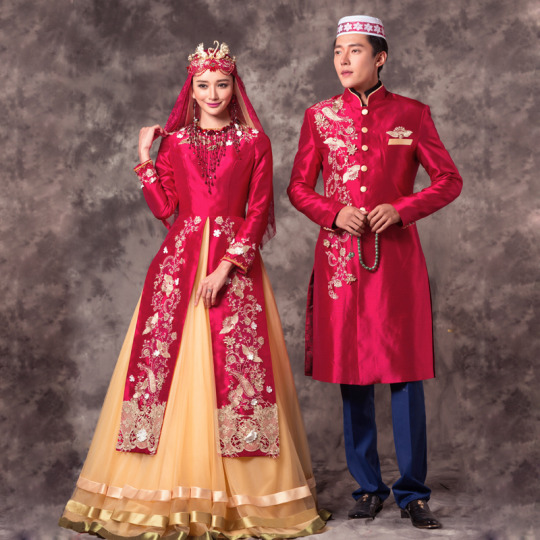

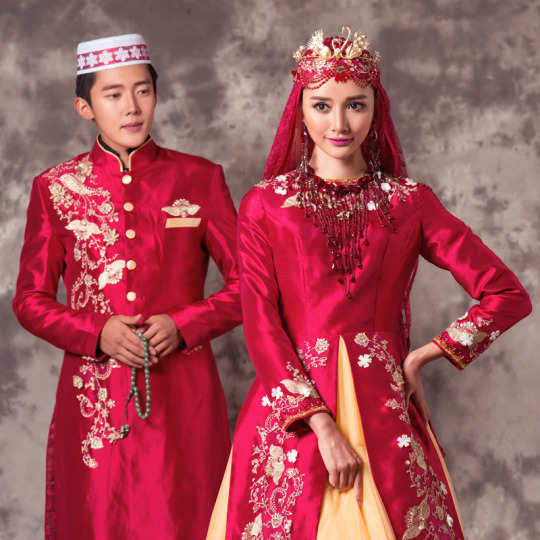
#回族#hui people#china#chinese#chinese minority#chinese folk#chinese fashion#chinese outfit#chinese attire#chinese culture#chinese clothing#asian#asia#east asia#woman fashion#women's fashion#man fashion#asian outfit#asian attire#asian costume#asian culture#asian fashion#asian folk
252 notes
·
View notes
Video
traditional chinese firework 打铁花datiehua in spring festival/chunjie
#china#fun#video#chinese new year#spring festival#chunjie#fireworks#this is very smart#folk's wisdom
25K notes
·
View notes
Text
A Spring Festival folk custom local to Chaoshan (Chaozhou and Shantou, Guangdong province) called 盐灶拖神/Yanzao tuoshen ("Yanzao (a village in Yanhong town, Chenghai district, Shantou city) God dragging").
This local custom falls under the greater folk custom of 游神/youshen ("walking the gods"). For youshen customs, and more specifically in Yanzao tuoshen, there is a "god walking team" responsible for carrying the palanquin upon which the god Ying Laoye (营老爷) sits. Ying Laoye is a protector deity local to Chaoshan. The custom of god-walking is not only related to prosperity but also is meant to strengthen the ties of the clans in the villages, and remind the people of their bond; Yanzao is what is known as a "natural village" (自然村落), a village that has been formed naturally after a long period of settlement by villagers whose main occupation is agriculture/farming. The village forms its own customs with family at the center of many of them, as many of the villagers are related. For example, Yanzao has about 20k people divided into four districts; among those numbers, there are about 10k surnamed Lin, 5k surnamed Chen, and 1k surnamed Li and Zhou.
When it comes to Yanzao tuoshen, the god walking team is tasked with safely carrying the god through the village. In the above video, the team is all wearing white. They will often wield incense that they use to hit outsiders with. In other tuoshen processions, the god walking team may be shirtless, their bodies covered in oil to make it difficult for outsiders to grab them and pull them out of the way. The goal of the outsiders is to find a way to get to the palanquin. If the outsiders are able to get onto the palanquin and maintain the position for a length of time, it will bring them good luck. However, surrounding people will usually very quickly pull them down again. If the palanquin is taken over by outsiders, then a "god saving team" will be dispatched to take back the palanquin and continue carrying it through the village.
Usually by the end of the procession, the god is dragged down from the palanquin and is broken apart and sunk into a body of water. On a later auspicious date, the god will then be fished back up, repaired, and returned to the temple for worship. This is meant to bring luck to the villagers.
One folk legend regarding this custom tells that there was once a very poor villager whose turn it was to worship the god, a custom which required him to treat the other villagers to a banquet. However, the poor villager was really too poor, and had no way of supporting others, so he secretly took the god's statue and dragged it to the seaside, burying it there and then running off in the night to Nanyang. Unexpectedly, that year, the village saw bountiful harvest and the poor villager also struck great fortune in Nanyang, leading the villagers to wonder if perhaps the god enjoyed being carried away. This is said to have lead to the tradition of dragging the gods.
Sources (Chinese):
盐灶拖神偶
澄海盐灶拖神习俗的文化解读
自然村落
731 notes
·
View notes
Text

I love traditional Chinese Catholic depictions if Jesus’ life.
here depicted is the raising of Jairus’ daughter.
746 notes
·
View notes
Text
Fox Spirits In Medieval Narratives: Gender Bias
The domestic worship of the fox described by Zhang Zhuo informs us that the fox spirit occupied an ambivalent position in family lives. That foxes were enshrined in private quarters and offered food consumed by humans suggests that they participated in the family as insiders. However, their supernatural power and animal nature inspired both reverence and fear, and preserved their identities as…
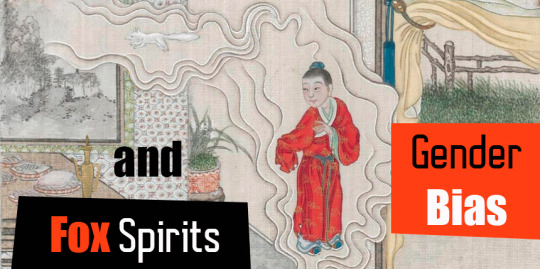
View On WordPress
#ancient China#Chinese culture#Chinese fairy tales#Chinese folk religion#Chinese history#Chinese mythology#fox#Nine-tailed fox#spiritual animal#Tang dynasty#Taoism#Taoist magic#Taoist practices
171 notes
·
View notes
Text
Hold the British Museum accountable for copyright infringement!
Some of you may have seen this in the news, but a buddy of mine has had her translation work stolen by the British Museum. Yilin’s translations of feminist poet Qiu Jin has been taken and used in multiple formats in the physical exhibition as well as used in the exhibition book with no citation or credit attached. They did not inform her, they did not get permission, they did not credit her, and they did not pay her.
The British Museum’s correspondence with Yilin has been outright atrocious. From Yilin’s crowd justice:
They initially claimed they had just forgotten to credit me in the exhibit and offered to acknowledge me, and to send me a permission form, whilst emphasizing how other contributors let them use their work for free or at a low cost. Before I even had a chance to respond, especially given the 8-hr time difference, they contacted me 24 hours later to tell me that they had removed all my translations from the exhibit. […]
After lying to her and the public about the apology, they have continued to misrepresent the situation to journalists and treat Yilin, whose work they STOLE, like garbage. They have only corresponded with them in a condescending manner with coercive language regarding the work that they stole. Yilin is now hoping to raise at least £15,000 by July 10th in order to instruct expert lawyers in London to initiate a claim of infringement of their copyright and moral rights.
We cannot allow the British Museum to continue their legacy of theft, if they are not held responsible, then this cycle will only repeat itself. Additionally, if she is successful, she hopes to donate at least 50% of the funds back into the community.
Please share! (Read about the full thing below, and if you’re up for it, Here is the original tweet thread describing everything as it happened)
#Chinese Poetry#Yilin Wang#chinese translation#translation#british museum#colonialism#chinese history#wuxia#(<- yilin is apart of that community so please wuxia folks support her!)#archives#history#museums
510 notes
·
View notes
Text
Cute Monkey King Temple Shirt
My friend recently visited a fairly new Monkey King temple in Bangkok, Thailand. This adorable shirt is only available in their onsite giftshop.

#sun wukong#monkey king#journey to the west#Monkey King temple#Chinese folk religion#Thailand#Thailand religion#shirt design
149 notes
·
View notes
Text
So I picked up Iron Widow from my local independent bookstore, and there just one detail I really like.
The novel is divided into Parts, and so far each part is titled after a different Chrysalis (mech) that Wu Zhetian pilots in that part.
So the first part is "Way of the Fox", for the Nine Tailed Fox mech; the second part is "Way of the Bird", for the Vermillion Bird mech-
But Part 3 doesn't feature any mech piloting, and is titled "Way of the Snake".
Throughout this section, Wu Zhetian is working with an unscrupulous media mogul with criminal connections, in order to craft media personalities for her and her co-pilot, Li Shimin. And my initial thought was "Ah, that's the snake. Figurative."
But then the narration just casually mentions that the Goddess who crafted the first humans out of clay was Nüwa the Snake Goddess and oh-
The slimy asshole is not the snake.
They're crafting personas, creating people for the masses to see and latch on to. They're following in the path of the Snake Goddess. Way of the Snake.
That's clever, I really like that.
#iron widow#iron widow spoilers#wikipedia tells me that nüwa the snake goddess is an actual figure in chinese folk religion! neat!
114 notes
·
View notes
Text
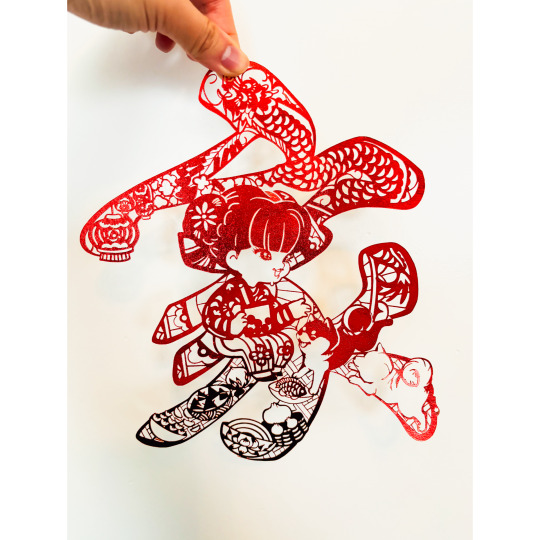



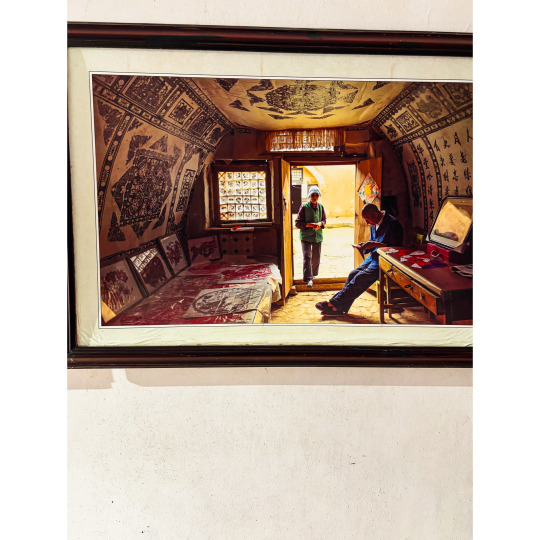
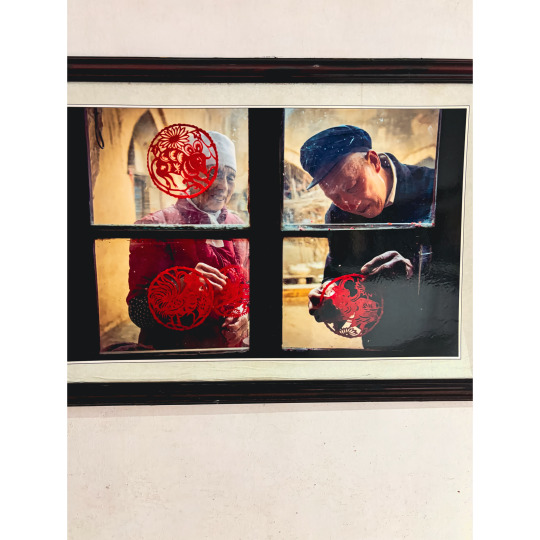




Here’s my wall cut paper piece (or “window flower”) for Chunky Thing's “Hi, I’m Home!” art show featuring my chunky shibas! Having been trained in the Western (French) tradition of live silhouette portrait cutting, I wanted to learn more about the art of Chinese folk paper cutting, its practice, and its iconography.
Traditional Western silhouettes get their name from Étienne de Silhouette and were popularized around the 18th-19th century while traditional Chinese paper cuts, as most things in China, are said to date as far back as the 3rd century BCE (using thin materials, say leaves, before the invention of paper which would come 500 years later).
This past fall, I visited Henan and learned techniques from a female artisan whose family had been practicing folk Chinese paper cuts for centuries. I’m sharing a few photos out of hundreds (I want to put together a little video of my field research eventually) showcasing Chinese paper cutting. I spoke with a few Chinese paper cutting artists, and we even swapped scissors and paper (it's silly how paper artists are the same all over -- I have a portrait of myself from one of them!). For 2024, I’m hoping to create more wall flowers in the Chinese tradition with some of my fun personal flair (maybe a mini Zodiac series?), and to combine Western and Chinese paper cutting aesthetics. I spoke with Harvard Magazine last year about all the potential I saw with Western silhouettes, and I’m very excited to report back that I’m making good on all that optimism.
#silhouette#papercraft#paper art#traditional art#paper cutting#chinese art#henan#folk art#china#travel photography#travel#personal#silhouettes by suzette#lunar new year#long post
73 notes
·
View notes
Text
The hopeless romantic in me will never be able to resist a folklore in which a demon falls in love with a mortal and against all odds, they stay together.
#witches of color#mythologies#folklores#myths#chinese mythology#folkloric witch#folk tales#asian witch
251 notes
·
View notes
Photo

I’m being SO normal about these leaked ling and lan fan alts for the fma mobile game definitely am not completely obsessed loosing my shit over these no siree
#jk i'm screaming#catch me trying to six star these without actually spending real world money#with the new mechanics as long as i get one of each it's doable!!#it just takes like 8 months of daily grinding but!! doable!!#anyways the common guess is these are for chinese new year but some folks are saying the new update shouldn't have content for that far out#so could be the second half of the holiday event? who knows#and also who cares LOOK AT THESE SKINS#fma#fma mobile#ling yao#lan fan#humming-rambles#(also i know they're probably alts not skins but that's just the term i use more often lol)
434 notes
·
View notes
Text
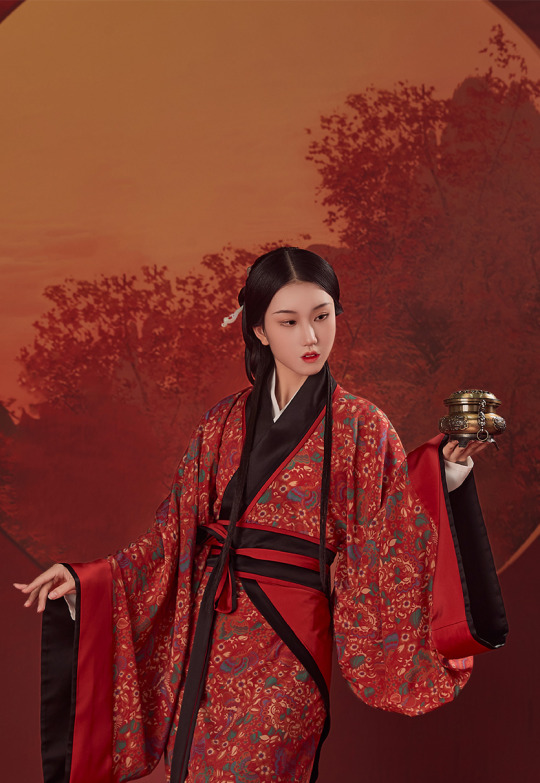
#汉服婚服#汉服运动#汉服#漢服運動#漢服#hanfu movement#hanfu#深衣#shenyi#曲裾#quju#china#chinese#chinese folk#chinese fashion#chinese culture#chinese costume#chinese outfit#chinese attire#woman fashion#east asia#asia#asian#asian folk costume#asian folk#asian fashion#asian costume#asian culture#asian outfit#asian attire
228 notes
·
View notes
Text
By 陈依妙chen yimiao
600 notes
·
View notes
Text
A yingge (英歌) performance at a temple fair in Chaozhou, Guangdong. Yingge is a type of southern Chinese folk dance.
809 notes
·
View notes
Text

35 notes
·
View notes
Text


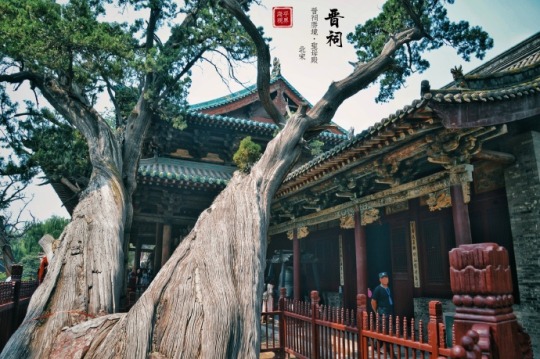
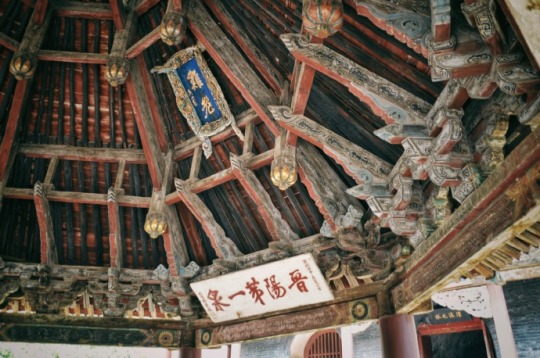
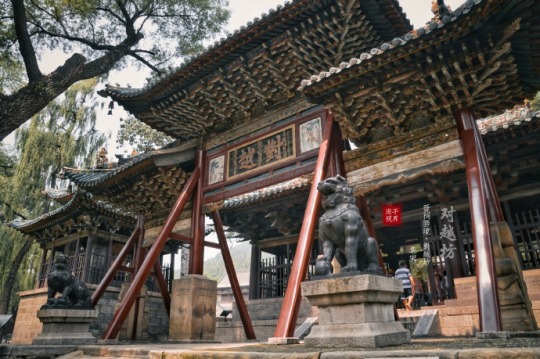




The Hall of the Holy Mother: One of the Oldest Places of Worship
The Hall of the Holy Mother (聖母殿) in Jinci Temple (晉祠), Shanxi. Built during the reign of Emperor Renzong (仁宗) of the Northern Song dynasty (1023-1032).
The hall is part of the ever evolving temple complex founded about one and a half thousand years ago. Over the centuries of countless transformations, it has accumulated buildings of various periods and styles.
The temple is dedicated to Shuimu (水母), The Old Mother of Waters, witch-goddess of Chinese lore, appearing in the form of a dragon, a snake or a charming lady with a sword and a yoke.
Photo: ©鱼雁江南, 雪夜魚舟
#ancient china#chinese culture#chinese mythology#taoism#chinese architecture#song dynasty#wooden architecture#wooden buildings#chinese customs#taoist#chinese folk religion#chinese temple#religious art#temple architecture#taoist deities#goddess#goddess worship#mother goddess#great mother#chinese folklore#dragon art#dragon
249 notes
·
View notes